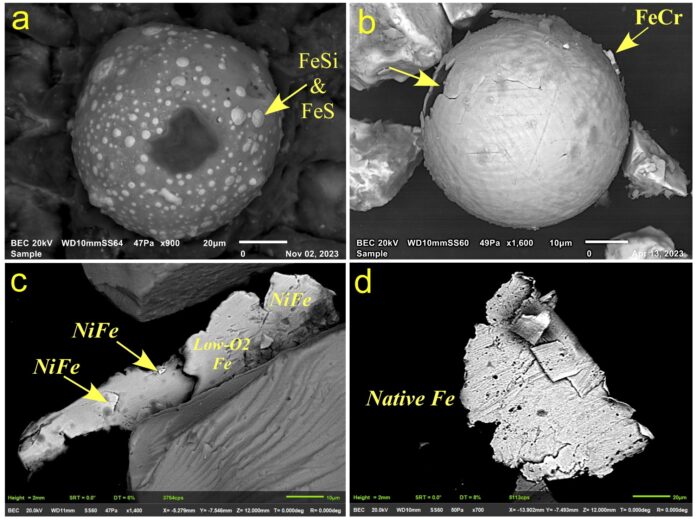"Unraveling Earth’s Climate Mystery: Did a Disintegrating Comet Trigger the Younger Dryas?"
New Evidence Suggests Comet Trail May Have Triggered Climate Upheaval 12,000 Years Ago
Recent research has unveiled compelling evidence that a massive comet trail may have played a pivotal role in the climate upheaval experienced on Earth over 12,000 years ago. This groundbreaking study, published on August 6 in the journal PLOS One, highlights the discovery of tiny particles in ocean sediment cores that suggest dust from a large, disintegrating comet entered Earth’s atmosphere around the onset of the Younger Dryas, a period marked by significant cooling.
The Younger Dryas: A Brief Overview
The Younger Dryas, named after the resilient wildflowers of the Dryas genus that thrived in colder conditions, began approximately 12,900 years ago and lasted for about 1,200 years. During this time, temperatures in the Northern Hemisphere plummeted by as much as 18 degrees Fahrenheit (10 degrees Celsius) within a remarkably short span of about a year. This abrupt climatic shift interrupted a gradual warming trend that had persisted for 7,000 years following the last Ice Age.
Competing Theories on Climate Change
Historically, scientists have proposed various hypotheses to explain the onset of the Younger Dryas. The predominant theory suggests that the influx of cold freshwater from melting glaciers disrupted ocean currents, weakening the warm water flow from the tropics to the north. Alternatively, some researchers have posited that impacts from a disintegrating comet could have filled the atmosphere with dust, destabilizing ice sheets and triggering long-term cooling.
Despite these theories, a significant challenge has persisted: the absence of a definitive impact crater dated to the beginning of the Younger Dryas. Additionally, some scientists have argued that evidence supporting the comet impact hypothesis, such as "black mats" containing metals typically associated with asteroids, could be attributed to more conventional geological processes.
New Findings from Ocean Sediment Cores
In the recent study, researchers focused on sediment cores extracted from Baffin Bay, located between Greenland and Canada. Their analysis revealed the presence of tiny metallic particles that may have originated from comet dust. Notably, they identified even smaller particles enriched with platinum and iridium—elements commonly found in comets and meteorites.
Moreover, the team discovered microscopic spherical particles that likely formed on Earth but may contain traces of material from a comet or asteroid. Crucially, these particles appeared in the geological record around the time the Younger Dryas commenced.
Implications of the Research
While the study does not provide direct confirmation of the impact hypothesis, the particles serve as indirect evidence of a potential impact or "airburst," a phenomenon where a meteor explodes within a planet’s atmosphere before reaching the surface. The researchers speculate that these impacts could be linked to a large, disintegrating comet that eventually contributed to the formation of Comet Encke and the Taurid Complex, the source of the annual Taurid meteor shower.
Future Research Directions
The findings underscore the need for further investigation to substantiate this hypothesis. The research team plans to analyze additional ocean cores for similar particles to determine whether the onset of the Younger Dryas correlates with the appearance of these particles in the geological record.
As scientists continue to unravel the complexities of Earth’s climatic history, this study adds a significant piece to the puzzle, suggesting that cosmic events may have had a profound impact on our planet’s climate long ago. The implications of these findings could reshape our understanding of the interplay between celestial phenomena and terrestrial climate dynamics.
